Klompching Gallery is pleased to present an exhibition curated around the theme of the landscape.Land Revisited features artworks by four gallery artists— Samin Ahmadzadeh, Odette England, Doug Folgelson, and Helen Sear—together with guest artist Dora Somosi.
In the exhibition we witness the landscape in the photograph, not as a straight forward re-presentation, but rather as a site of intervention, conceptually and physically. The five artists successfully interweave their own distinct narrative and aesthetic rendering of the landscape, and evocatively pursue specific conceptual intentions.
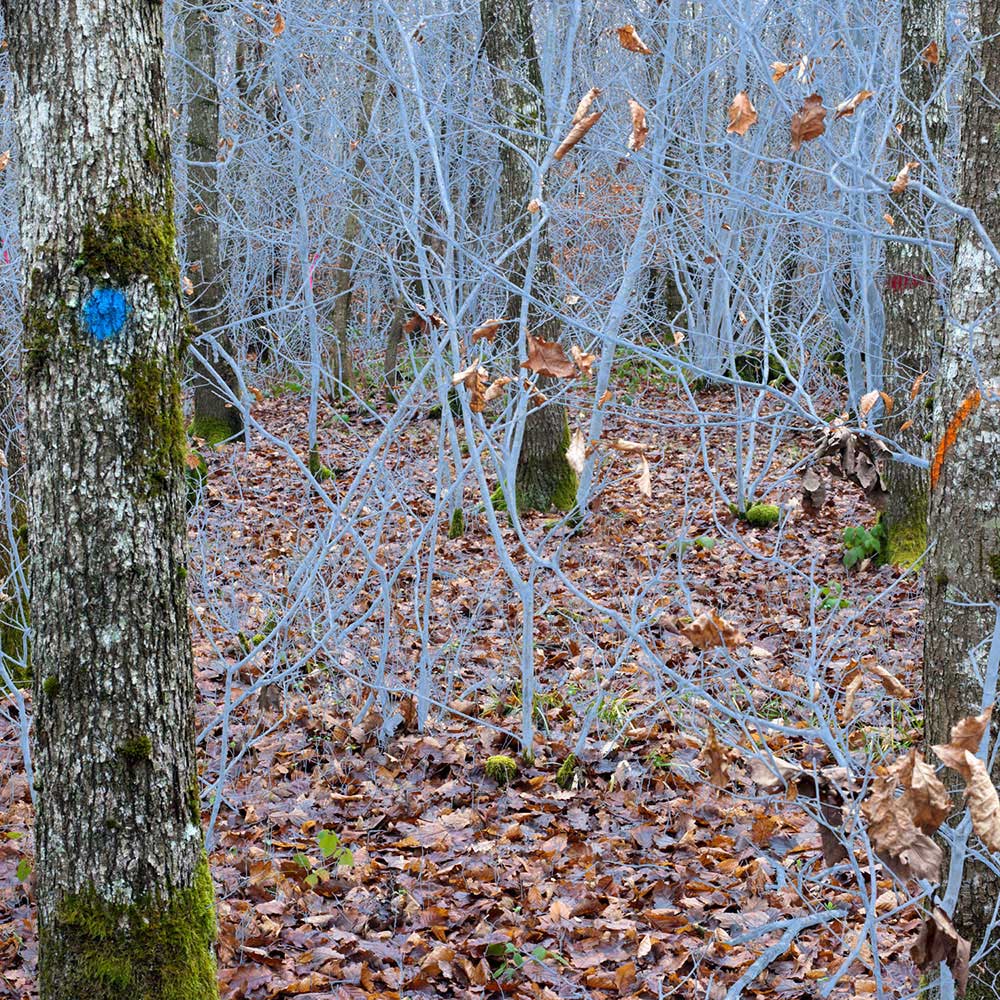
With Helen Sear’s Becoming Forest, the artist’s gesture of the hand is visible, where she has traced the lines of new forest growth. The chaos and entanglement of these hand drawn lines that follow the actual forest growth, contrasts with the geometric neon pigment marks spray- painted by the foresters. Sear reanimates the photograph, though the process of touch, and by referencing thedye used in medical imaging, to enhance what is barely visible to the human eye. This is a strongly grounded, and ongoing investigation of bringing the body back into the act of looking, rendering figure/body/environment as inseparable.
Likewise, Caetera Fumus subtly references Andrea Mantegna’s third painting of Saint Sebastian from the 15th century, using it as a spatial guide onto which Sear has placed her own imagery and meaning. The vivid color of the rape seed, the red arrows piercing the paper and air rather than flesh, along with the clever layering of perspective and material, all combine to suggest an untouchable reality.
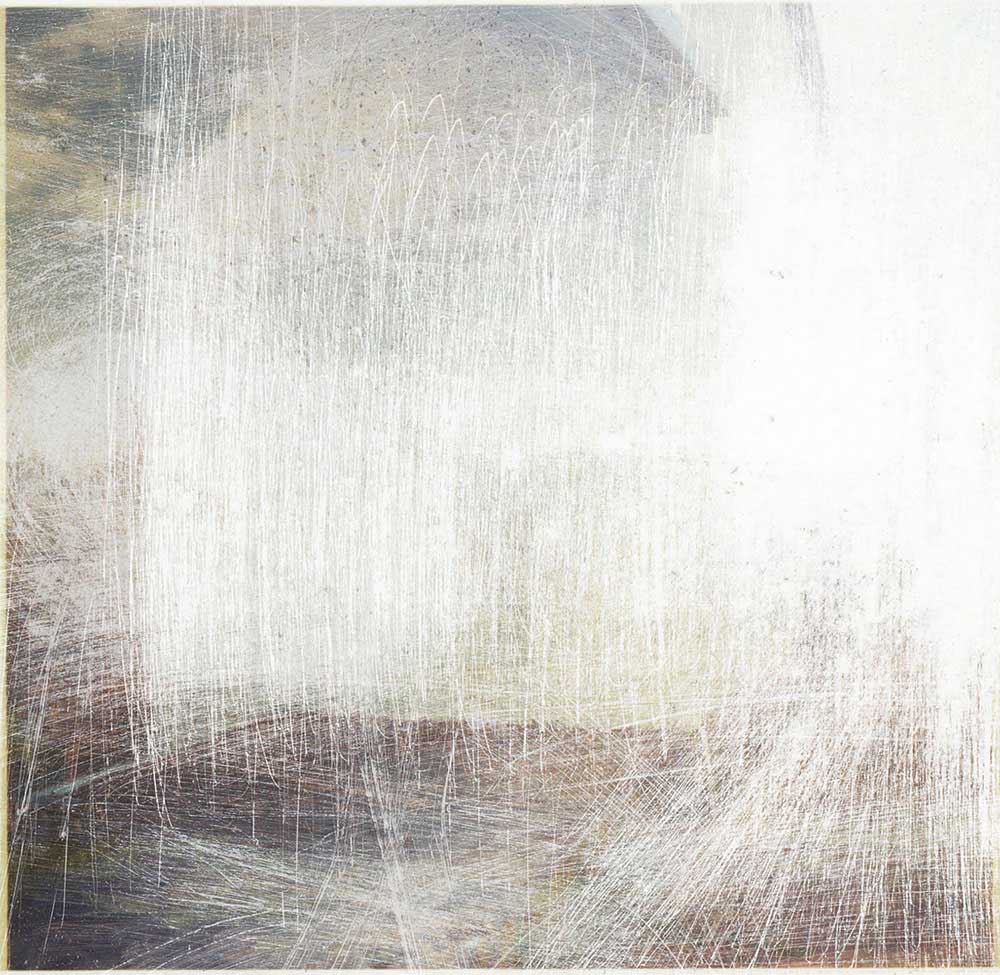
Odette England’s photographs are fragile, contemplative and temporal spaces. Throughout her practice, she explores the volatility of identity, emphasizing the unstable nature of the past/present. With Excavations, England undertakes a meticulous and labor-intensive process of erasing and obscuring family snapshots of her childhood family farm, sanding each one with sandpaper. The images are erased and obscured to varying degrees, leaving traces of the artist’s intervention. These are quiet, meditative artworks, incorporating elements of abstraction, preservation of history and nostalgia, with a critical comment on the malleability of the photograph.
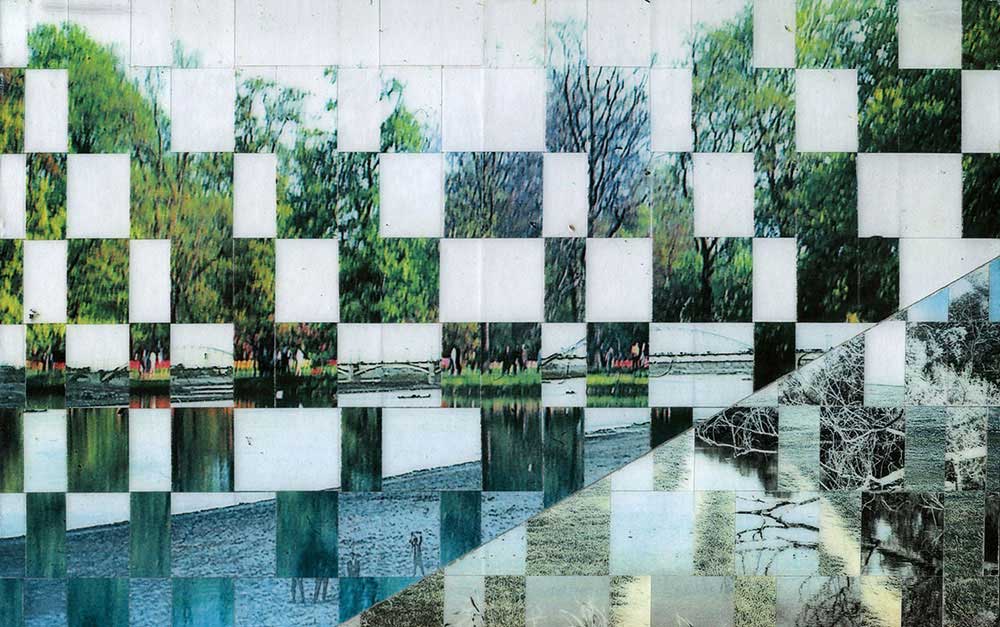
Samin Ahmadzadeh is another artist who effectively mines her family history for source material. The artist works with archived photographs, re-assembling them into new narratives that draw the viewer’s attention to how memory and identity is interwoven. With her Landscape series, she’s particularly interested in how our identities are shaped by the landscape we inhabit, and how that is expressed in different cultures, art and mythology.
The environment and related climate issues, are front and center in Doug Fogelson’s creative practice; combining this with his interest in the physicality of the photograph with the formal exploration of objects, and their re-presentation as photograms. With Dirt he works with large-format color transparency film—and dirt. The photograms are created through a series of carefully considered multiple exposures—rendering the soil of the earth as abstractions—that incorporate additive color mixing and blending of light.
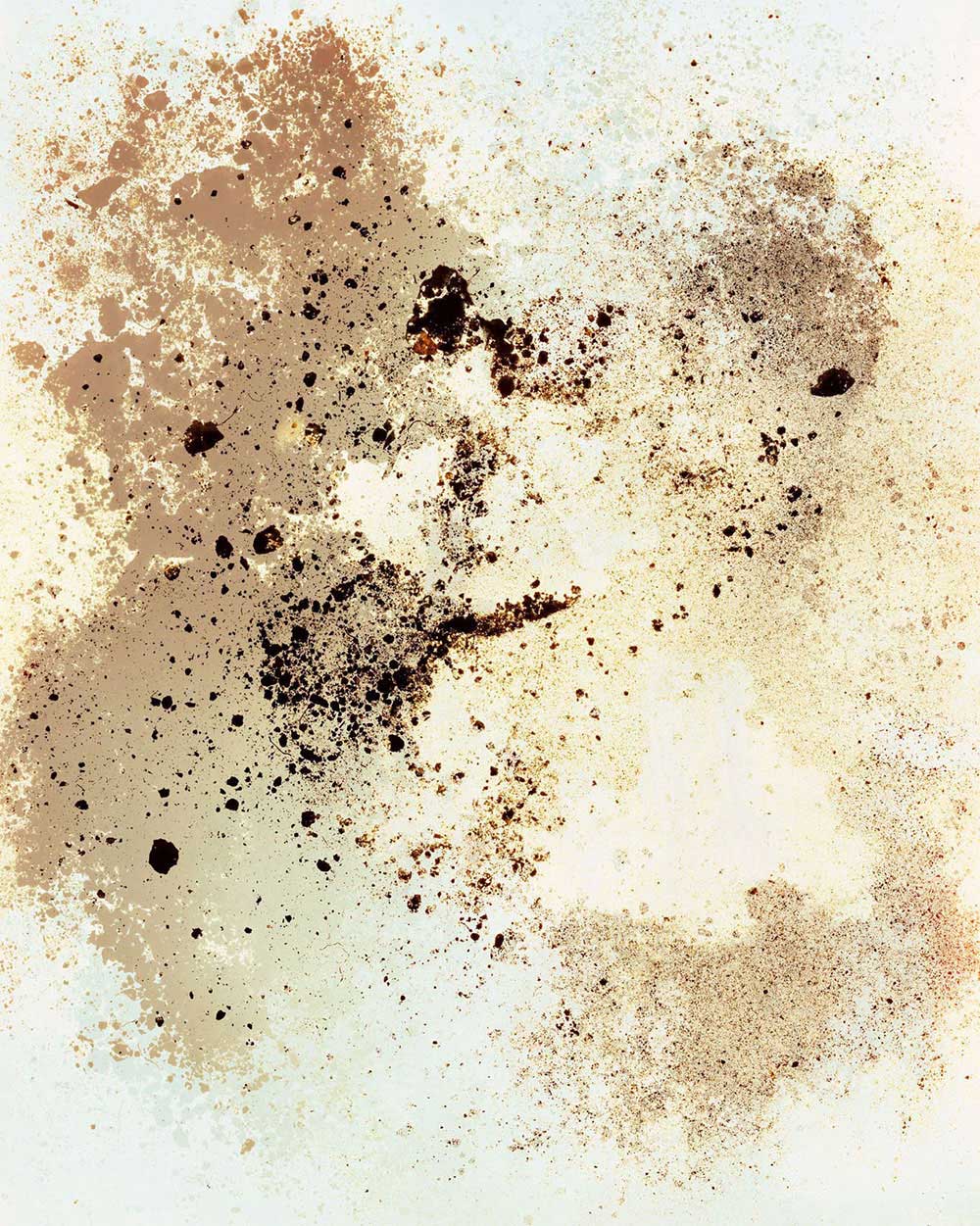
For Dora Somosi, the pandemic ushered in a need to reflect the world back in a new way. She utilizes the 19th century Cyanotype process to good effect, in her visually stunning artworks of tree canopies, likening the lush Prussian blue tones and color space to all that it conjures— blue of moodiness, blue of reverie, blue of midnight, blue of remembering, blue of veins and so on. The time consuming photographic process acting as a metaphor for the slowing-down of society during a time ravaged by illness and vulnerability.
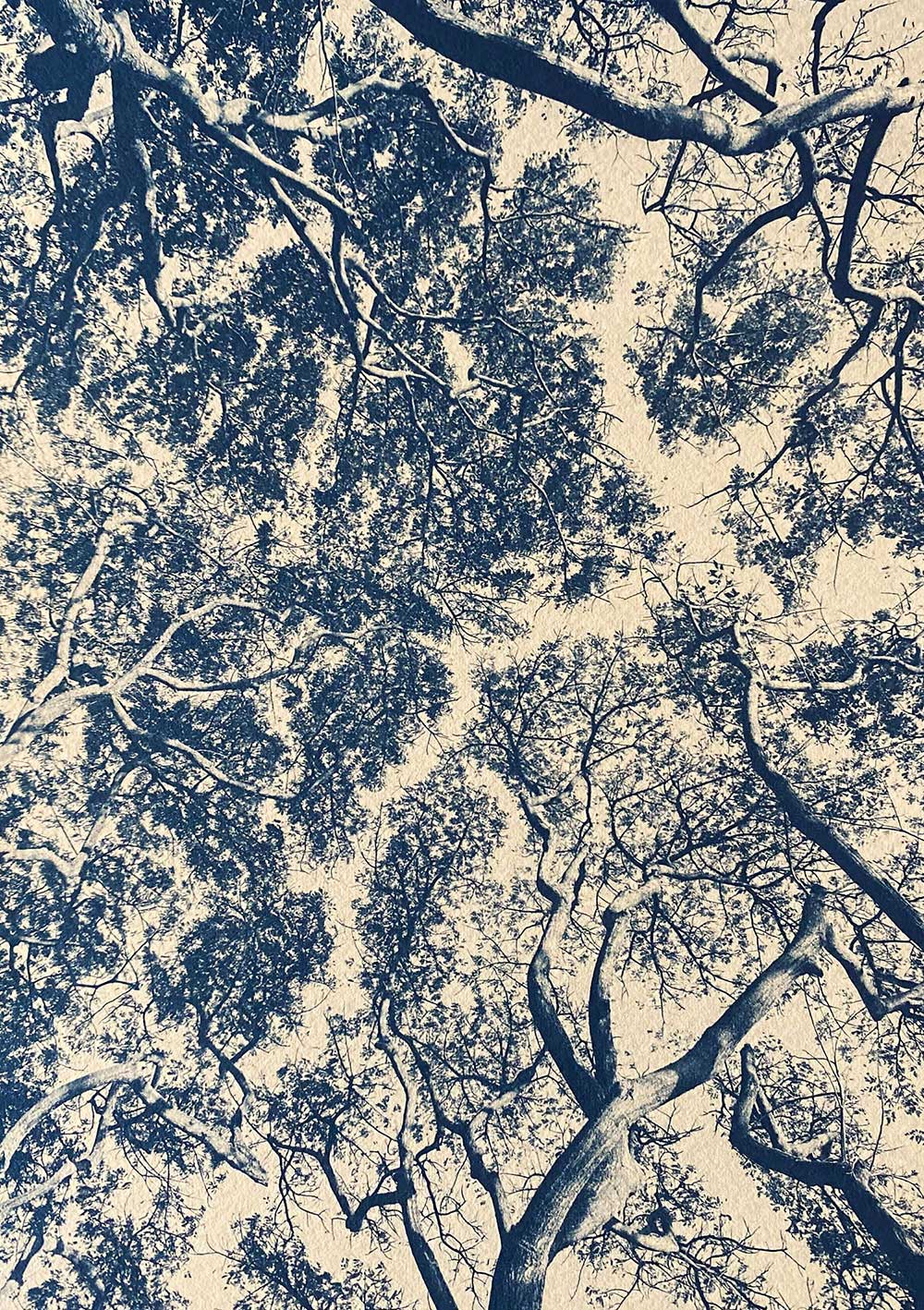
Klompching Gallery was established in DUMBO, Brooklyn in 2007, and specializes in the exhibition and sale of contemporary fine art photographs. It represents an international roster of artists, including the critically acclaimed Helen Sear, Richard Tuschman, and Max de Esteban. The gallery has placed artworks into several notable public collections, and works with numerous private clients in building their contemporary art collections.






